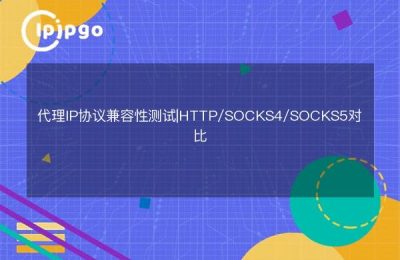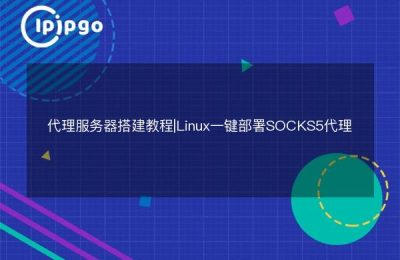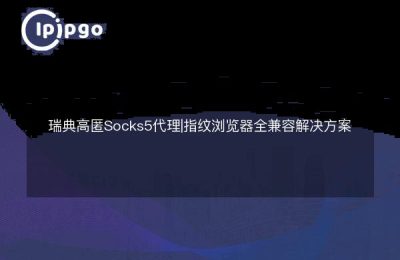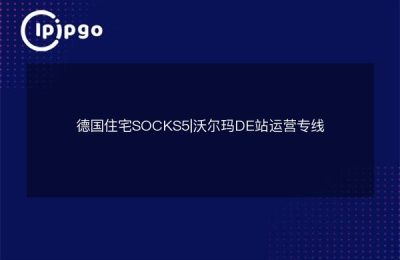
Real residential IPs are the soul of SOCKS5 proxies!
The first step in building a SOCKS5 proxy server is not to rush around fiddling with the code, but to find theReliable Proxy IP Resources. The common data center IPs in the market are easily identified and intercepted by the target websites, which is where a company like ipipgo comes in to focus on offeringReal Residential IPThe service provider. Their pool of 90 million+ home residential IPs allows you to build proxy channels that present real user characteristics when accessed.
Hands-on building of SOCKS5 servers
Danted is recommended here as a server-side program in four steps:
- Install dependent environments:
sudo apt-get install build-essential libwrap0-dev - Compile and install Danted: download the source code and execute it.
. /configure --prefix=/usr --sysconfdir=/etc - Configuration file modification highlights:
- Set the listening port (1024 or more recommended)
- Enable account password authentication mode
- Configuring Whitelist Access Rules
- Start the service:
/etc/init.d/danted start
| configuration item | recommended value |
|---|---|
| internal: port | 1080 |
| external: Network Cards | eth0 |
| Authentication Methods | socksmethod: username |
Proxy IP Access Practical Tips
When accessing the ipipgo proxy IP to the SOCKS5 server, take special care toIP Rotation Mechanism. Their dynamic residential IP supports API real-time access to set up timed tasks on the server side:
0 curl -u "API key" https://api.ipipgo.net/getproxy | xargs -I{} sed -i "s/old IP/new IP/g" /etc/danted.conf
This approach enables automatic IP replacement, which maintains connection stability and enhances anonymity. Static residential IPs, on the other hand, are suitable for business scenarios that require a fixed identity.
Client Configuration Pitfall Avoidance Guide
An example of the correct way to configure common software:
- browser (software): Enable SOCKS5 proxy in Advanced Settings, note that "Remote DNS Resolution" is checked.
- Python script: Add the proxies parameter when using the requests library:
proxies = {'http': 'socks5://user:pass@server IP:port'} - global proxy: by modifying environment variables
export ALL_PROXY=socks5://user:pass@server IP:port
Operations Monitoring Key Metrics
There are three core pieces of data to focus on once the build is complete:
- Fluctuations in the number of concurrent connections
- Failure rate of requests from a single IP
- Traffic consumption anomaly monitoring
It is recommended to work with the ipipgo providedIP Health Monitoring APIThe IP quality of the IPs is automatically switched to new IPs when a degradation is detected.
Frequently Asked Questions
Q: Why do I still get banned from the website with the SOCKS5 proxy I built?
A: Check two things: 1. whether to use residential IP 2. whether the frequency of IP replacement is reasonable. We recommend accessing ipipgo's dynamic residential IP pool, their IP survival cycle is optimized by big data.
Q: What if I need both HTTP and SOCKS5 proxies?
A: ipipgo supports all-protocol proxies, you can get multiple proxy types under the same account. The server side can just shunt through ports, for example, port 1080 goes to SOCKS5 and port 8080 goes to HTTP.
Q: How do I verify the true anonymity of a proxy?
A: Access provided by ipipgoAnonymity Detection Interface, which returns complete fingerprint information such as the anonymity level, protocol support, etc. of the current agent.








